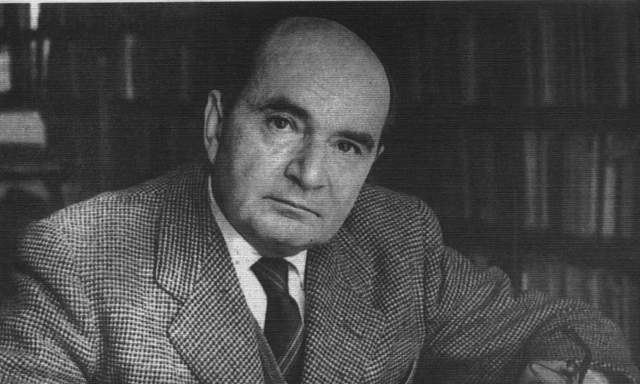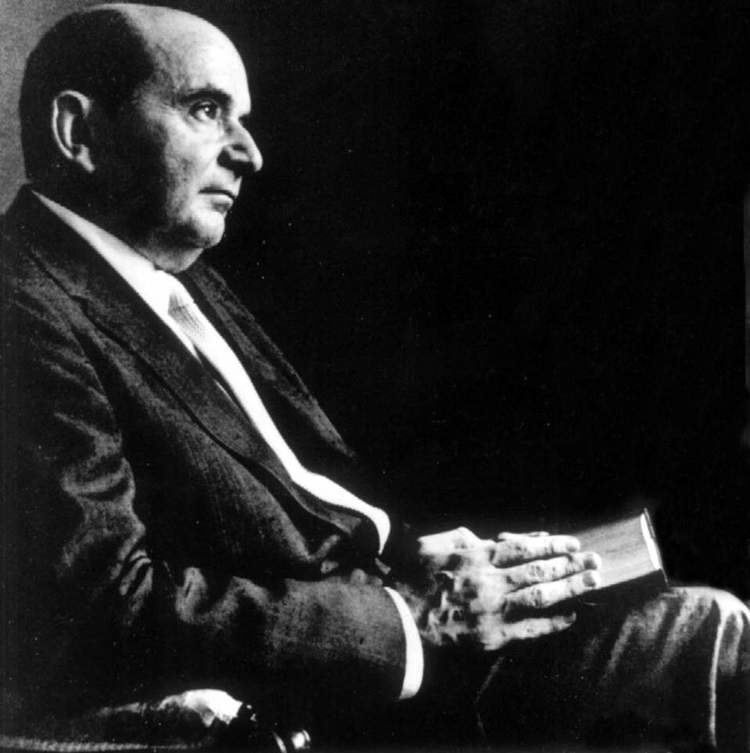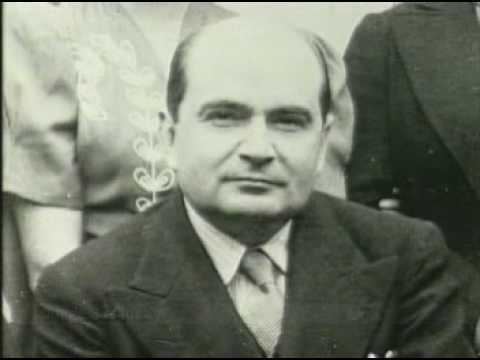Role Historian Name Jorge Basadre | Children Jorge Basadre Ayulo Spouse(s) Isabel Ayulo Lacroix | |
 | ||
Parents Olga Grohmann Pividal, Carlos Basadre Forero | ||
Desfile 2015 i e 6073 jorge basadre g
Jorge Basadre Grohmann (February 12, 1903 – June 29, 1980) was a Peruvian historian known for his extensive publications about the independent history of his country. He served during two different administrations as Minister of Education and was also director of the Peruvian National Library.
Contents
- Desfile 2015 i e 6073 jorge basadre g
- Jorge basadre aqp 2011
- Early life
- Public life
- Publications
- Death and Legacy
- References

Jorge basadre aqp 2011
Early life

Jorge Basadre was born to Carlos Basadre Forero and Olga Grohmann Pividal in Tacna, which was then under Chilean occupation. He started his education in the Saint Rose Lyceum of Tacna in 1908 but changed to the German School of Lima when his family moved to this city in 1912. He undertook his final year of secondary education at Our Lady of Guadalupe National School in 1918.

In 1919, Basadre entered the National University of San Marcos where he graduated as a Ph.D. in Humanities in 1928 and in Law in 1935. While studying, he also worked at the Peruvian National Library from 1919 up to 1930. He undertook postgraduate studies in the United States, Germany and Spain between 1931 and 1935.
Public life

Back in Peru, Basadre became director of the Central Library at San Marcos University, which he reorganized between 1936 and 1942. After a fire in the Peruvian National Library on May 9, 1943, Basadre was named its director and put in charge of its reconstruction. His work here included rebuilding the book collection and organizing the publishing of the Library magazine, Fénix. For a short period in 1945 he was named Minister of Education by president José Luis Bustamante y Rivero. He was elected to the presidency of the Instituto Histórico del Perú (Historic Institute of Peru) for the period 1956-1962. Peruvian president Manuel Prado Ugarteche named him Minister of Education a second time in 1956, a post he held until his resignation in 1958.
Publications
Basadre was a prolific writer; his numerous works on the history of Peru in the 19th and 20th centuries are still a benchmark for historians interested in this period. His publications include La multitud, la ciudad y el campo (1929), La iniciación de la República (1929-1930), Perú, problema y posibilidad (1931), La promesa de la vida peruana (1943), El conde de Lemos y su tiempo (1945), Chile, Perú y Bolivia independientes (1948), El azar en la historia y sus límites (1971), La vida y la historia (1975) and Elecciones y centralismo en el Perú (1980). However, his most important work is his Historia de la República (History of the Republic), first published as a single volume in 1939. It grew in size with every new edition until reaching sixteen volumes in the 6th edition of 1968. By that time it covered with rigorous detail Peruvian history from Independence in 1821 until the death of president Luis Miguel Sánchez Cerro in 1933. Basadre supplemented his History of the Republic with the publication of Introducción a las bases documentales para la Historia de la República del Perú in 1971 a thorough review of primary sources about the republican history of Peru.
Death and Legacy
Jorge Basadre died on June 29, 1980, in the city of Lima at the age of 77. A Peruvian University is named after him, Jorge Basadre Grohmann National University in Tacna. Since 1991, when the nuevo sol became the official currency of Peru, his portrait has appeared on the S/ 100 banknote.
